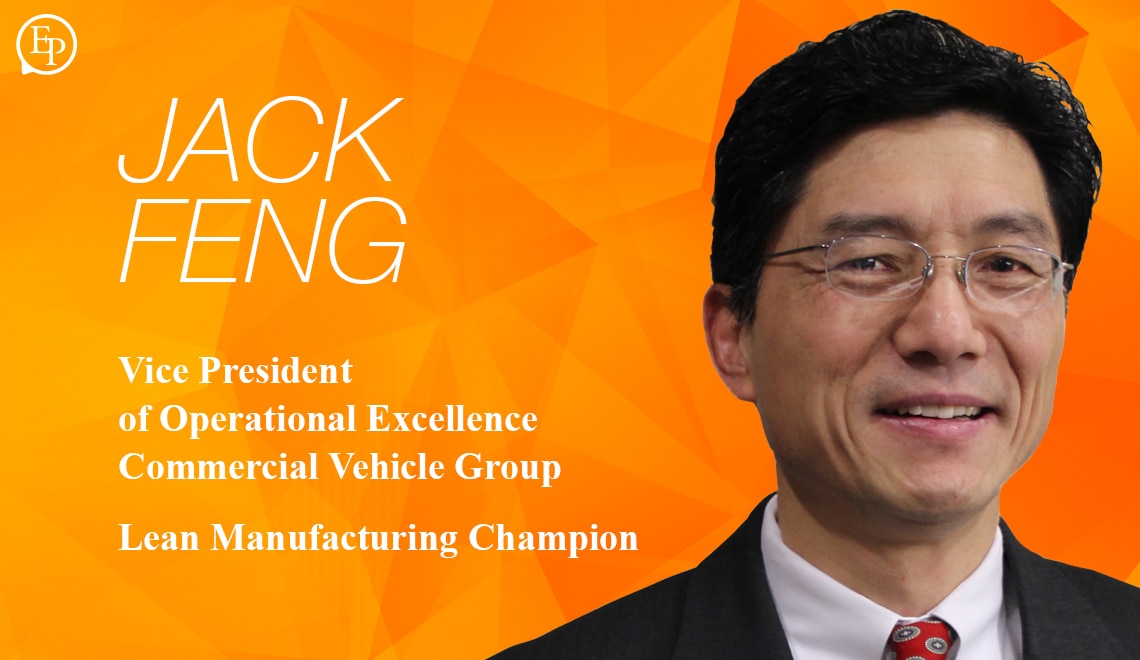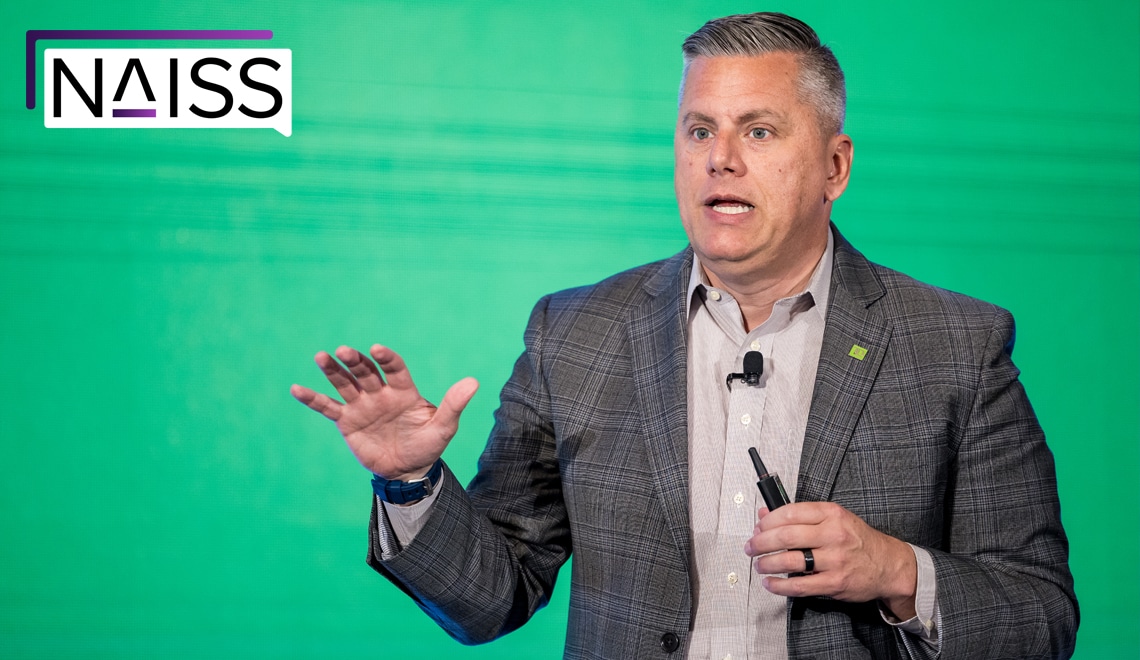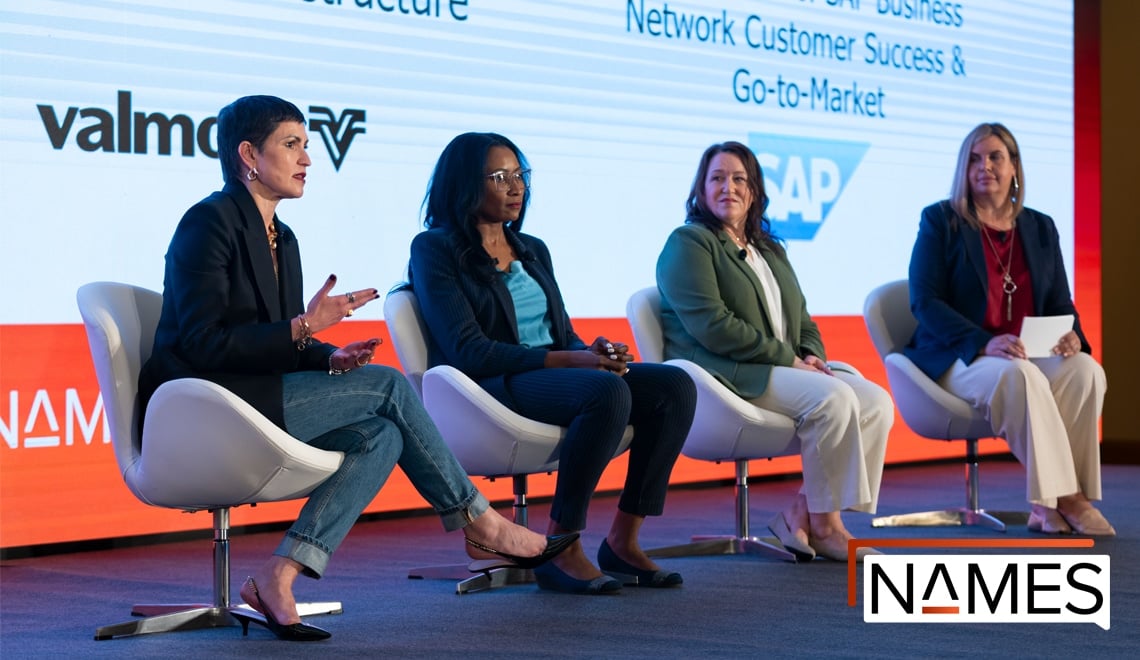Executive Platform Interview with Jack Feng, May 2016
Dr. Jack Feng is in charge of Commercial Vehicle Group’s Lean Six Sigma deployment at over two dozen CVG manufacturing facilities in the US, Mexico, China, India, Australia, UK, Belgium, Czech and Ukraine. Prior to joining CVG, Dr. Feng served different leadership roles within Caterpillar such as Strategy Manager / Master Black Belt, Industrial Engineering Manager, Director of Asia Pacific Lean 6 Sigma Planning and Deployment and Senior Technical Steward. At Caterpillar, he led the development and deployment of Caterpillar Production System (CPS) Master Black Belt program and taught its first four waves. He also led the development and deployment of the CPS Master Learning Center including CPS Assembly, CPS Machining and CPS Welding for hourly associates as well as for office employees. Before that, he was a professor of Industrial and Manufacturing Engineering at Bradley University and at Penn State University. Dr. Feng has conducted research projects and consulting services for Boeing, Caterpillar, China National Science Foundation, Cincinnati Machines, Dana Corporation, Deere & Company, Rockwell International, Rubbermaid, Society of Manufacturing Engineers, Tyco Health Division, University of Illinois Medical School and the US State Department Fulbright Program.
A lot of small companies struggle with operational excellence programs, and a lot of big companies struggle to work with their smaller suppliers who do not have effective lean and six sigma and operational excellence programs in place. That is what I want to talk about. I have worked for the very large companies, Fortune 50 companies, and now I am working for a much smaller company. Getting those organizations to work together starts internally and then involves a lot of communication and cross-training.
Do you find large companies want you to work to their standard, or do you try to meet in the middle? How are you aligning your Operational Excellence programs?
Before I joined the company we did not have this kind of structured program. Our big customers – Daimler, Volvo, PACCAR, Caterpillar, and John Deere — asked us to send our people to their Lean and 6-Sigma Black Belt training programs. We still have some of these people working at CVG and others have left to pursue other opportunities.
We had sent people to conform to our customers’ standards of work. They trained our people in customer service or quality improvement or performance improvement. We were not using the same tools or speaking the same language. They requested we send our people to their training programs, and that became part of the organizational requirement from our big customers, but it was not a long-term solution. It might cost us $20,000 for the training plus travel to train someone to our customers’ standards, and then there was no internal support here at CVG once they came back. Now we had people working in isolation: This one works for PACCAR; this one works for Caterpillar; this one works for Daimler and Volvo. There was no corporate organizational support for their work; they felt frustrated when they came back because people did not understand what they were doing.
Now we have decided to go above and beyond what our customers have requested us to do for them. We are going to build our own internal Operational Excellence (OpEx) culture to a very high standard. That’s good because, Number One, we have a lot of customers, and some of them were not requesting anything of us because they did not have a program of their own that they wanted us to follow.
Number Two, we want to improve our internal profit margin in addition to improving our customer service in quality and shipping performance. You end up with two sides, then: One, you are making the customer happy, and then you also have an internal focus on margin enhancement. We have more people equipped with the Lean 6-Sigma tools working with the customers now. Now we have an entire organization – a quality team, a manufacturing team, design and engineering team, finance team – they are all working to improve the customer satisfaction experience.
Third, we are also improving our supplier base. In many fields we do not have the vertical integration we need. We have to be vertically integrated. We have to work with our suppliers so their products coming to us are free of defects. If our top suppliers are sending us what we need correctly, we do not have to worry about the flow of goods interrupting our own ability to satisfy our customer. That’s our philosophy: Work with our suppliers to make our customer happy. If our suppliers are sending us their goods free of defects, we can put them into our own products without problems and send it to our customers with confidence. All of that happens by working with our suppliers.
During my first year on the job, my team had an internal focus. It was all about company bottom line and customer satisfaction. This year we have invited our suppliers in North America, China and UK to participate in our Lean 6-Sigma training programs. Our central OpEx team trains them, and then they could train the others on a continuous basis after that. It is important that after the class we follow up with them, otherwise things fall apart.
It sounds like there’s a real direction and a vision behind what your company is trying to do. Where did this come from? What prompted the company to change?
CVG has had Continuous Improvement activity before. My team was not starting from scratch. Years ago, we had a Total Quality Production System, but it was an ad hoc strategy. It was not a rigorous structure with rigorous training. It was put together by a couple of people who had been brought in from other organizations with their own training and background. Before I joined CVG, people came in with CI training from other companies, and they brought in some training and process learned from Toyota. It was not a very structured way of doing it. My predecessors have called that the CVG Operating System or CVGOS, but they focused on the plant operations side and on training part with no Train the Trainer model in place and no rigorous financial tracking and reporting process. They did not adequately address the transactional side either: Product Development, Finance, HR, IT, all of these. Right now they are all under our program of OpEx Lean 6-Sigma – Not just the plant operations.
When I started we decided to address the total system with support from the CEO down to the different levels of business leaders. We don’t want to put in a Toyota production system or a CVG production system. Once you use the name of a production system, the R&D people and the HR people and IT people and the finance team would say, “That doesn’t apply to me” right?
That’s why we have started to use the name of Operational Excellence & Lean 6-Sigma. If we use manufacturing excellence, people think it’s the plant operations. When we use operational excellence, it applies to everything: Purchasing operations, R&D operations, finance operations, IT operations. It touches everything with the entire enterprise. Everyone has operations. Our program has people from all those organizations working to improve their efficiency. We can streamline and standardize work.
CVG historically was formed by a number of acquisitions. Over time, CVG added various companies to our portfolio. We have at least 30 legal entities from around the world. Consequently, there are integration opportunities with the heritage companies and also between the functional areas. A part of my team’s work is not just standardizing the manufacturing side of the company, but all the other silos, all the other areas too. We use the train-the-trainer model: my team trains the Black Belts and Green Belts, and they then go back and train others within their own groups into Yellow Belts. We have a 160-hour Black Belt program, 80-hour Green Belt II program, and a 40-hour Green Belt I program. The Black Belts and Green Belts can take those modules to their respective facilities and teach their own people during lean kaizen events or leadership development. All Black Belts and Green Belts must bring a high impactful project to the class and complete the project with expected bottom line savings.
How have you identified who you are going to choose for the first rounds? How do you decide who to train as trainers?
We have a list of very stringent criteria for people to attend our Black Belt and Green Belt programs: We are targeting high potential employees in whom to invest our resources and training efforts. Our expectations include past performance above a threshold, experience working in your area of expertise for at least five years and having held leadership role previously. These represent some of the minimum criteria.
Also, a four-year degree or equivalent is also important. One third of our teaching is based on statistics, so if they haven’t done any statistics in a long time, we are just setting them up for failure.
We have also told them, these are the future leaders in a succession pipeline. It’s not open to everyone. Many people are interested in going for training to develop themselves, but screen people based on the recommendation of the group leaders. It’s a powerful motivating factor. These BBs and GBs will become the trainers based on our specific Train-the-Trainer techniques during the program.
For those coming to our Yellow Belt programs, the above criteria are not applicable and the Yellow Belt programs are not by nomination. Instead, they are by registration. We have two Yellow Belt programs: Yellow Belt I with 8 hours of training and hands on improvement practices in support a simple kaizen event, and Yellow Belt II with 20-hours of training and hands on improvement practices in support of a complex kaizen event which may involve multiple small kaizen events.
So what do the next steps look like for this company-wide Operational Excellence program?
Our next step is to look at product development and engineering side; we see a lot of opportunities in these areas. We are not a young company. CVG incorporated in 2000, but we acquired companies that started in the 1930s and 1940s, etc. We are a conglomerate of so many different companies, and they have different product development and release processes. We still have room for synergies we haven’t realized on the design side. We can do more with less in the same time if we have more standardization, and that will also help on the manufacturing side because we have so many part numbers, different brands, different platforms, historically designed by people in different countries. With so many different plants, six or seven different groups of people. Now we are consolidating around modular design to simplify our manufacturing, supply base, and improve customer quality. If everyone shares the same successful platforms, everything will be better, while the appearance will be different based on mass customization.
What should other executives take away from your experience when they are thinking about their own projects?
There are two different companies who might be able to take things away from our experience. One group will be the multi-billion dollar companies who should feel comfortable and confident that they can look at everything we’re doing and say, “I think we can do this with our suppliers with similar size as CVG!”
The second group is smaller companies, our peer companies, companies not as big as GM or Caterpillar. They should think they can do this too, but it requires a multi-generational plan. They should start by addressing customer satisfaction internally, then talk to their suppliers, and then move to the R&D side and the Product Development side. That’s a multi-generational plan. GE has done it this way, Caterpillar has done it this way, and CVG is following the same path. That said, when we are addressing our suppliers, that’s not to say we are not working internally. Next year when we go to address the R&D and product development side, that doesn’t mean we are not working internally or are not going to work with suppliers anymore. That’s ongoing. That being said, we have trained our people who have become leaders in their own areas. Our central OpEx team is acting as a copy machine.

















